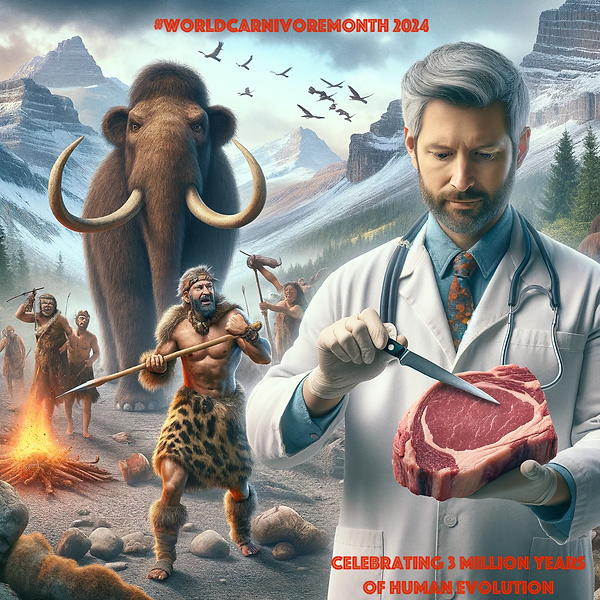


Title:
Human Predatory Pattern
Abstract:
Origins of the Human Predatory Pattern: The Transition to Large-Animal Exploitation by Early Hominins
Details
Abstract
The habitual consumption of large-animal resources (e.g., similar sized or larger than the consumer) separates human and nonhuman primate behavior. Flaked stone tool use, another important hominin behavior, is often portrayed as being functionally related to this by the necessity of a sharp edge for cutting animal tissue. However, most research on both issues emphasizes sites that postdate ca. 2.0 million years ago. This paper critically examines the theoretical significance of the earlier origins of these two behaviors, their proposed interrelationship, and the nature of the empirical record. We argue that concepts of meat-eating and tool use are too loosely defined: outside-bone nutrients (e.g., meat) and inside-bone nutrients (e.g., marrow and brains) have different macronutrient characteristics (protein vs. fat), mechanical requirements for access (cutting vs. percussion), search, handling and competitive costs, encounter rates, and net returns. Thus, they would have demanded distinct technological and behavioral solutions. We propose that the regular exploitation of large-animal resources—the “human predatory pattern”—began with an emphasis on percussion-based scavenging of inside-bone nutrients, independent of the emergence of flaked stone tool use. This leads to a series of empirical test implications that differ from previous “meat-eating” origins scenarios.
Hypothesis:
If humans were able to hunt and kill large fatty megafauna - we can ask whether they ate only those animals instead of depending on plants. This paper describes the conservative beginnings of what could be the facultative carnivore argument.




